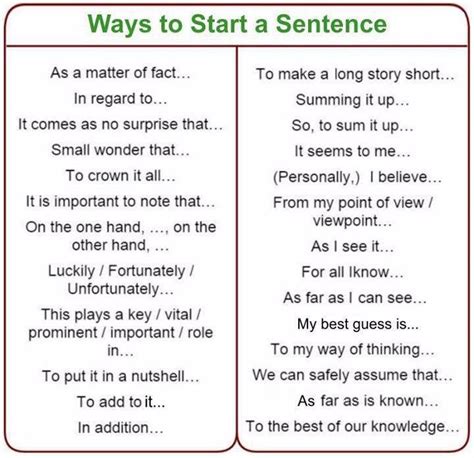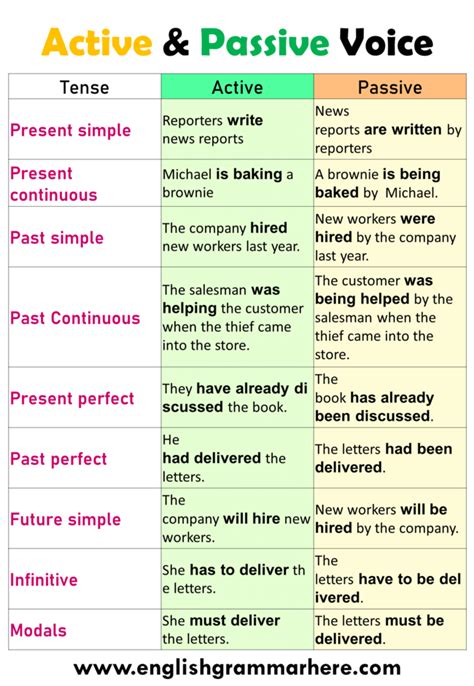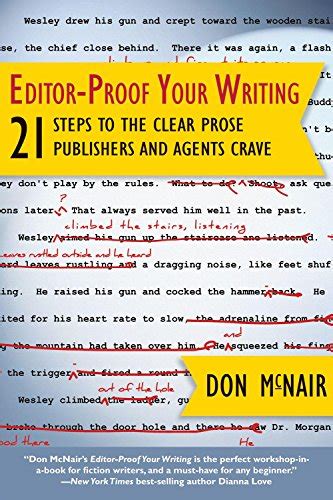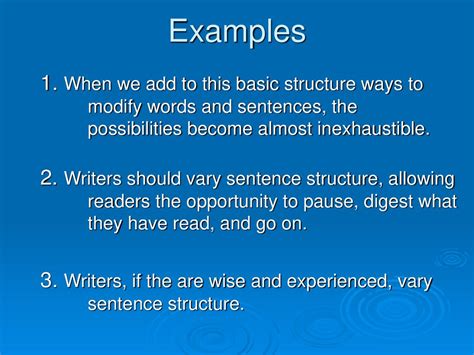Monotonous writing is a reader’s worst enemy. A string of sentences that all begin the same way, or are all of a similar length, quickly lulls the reader into disinterest. To captivate and inform, writers must master the art of varying sentence structure. It’s not just about avoiding boredom; it’s about clarity, emphasis, and creating a pleasing rhythm that guides your reader through your ideas seamlessly.
The Importance of Varied Sentences
Imagine listening to a song where every note is the same length and pitch. It would be grating, wouldn’t it? The same principle applies to writing. When sentences lack variation, your prose becomes flat and predictable. This sameness can obscure your meaning, make complex ideas harder to digest, and ultimately deter your audience.
On the other hand, a diverse array of sentence structures keeps the reader engaged. It adds a natural cadence to your writing, making it more enjoyable to read aloud and easier to comprehend. Varying your sentences allows you to control pacing, build suspense, highlight key information, and add a touch of sophisticated flair to your narrative or argument.

Technique 1: Mix Sentence Lengths
One of the simplest yet most effective ways to vary your structure is to alternate between short, punchy sentences and longer, more descriptive ones. Short sentences deliver impact, create suspense, or state a clear fact. For example, “The market crashed. Investors panicked.” These are direct and powerful.
Longer sentences, conversely, allow for the development of complex ideas, the inclusion of multiple clauses, and the building of atmosphere or detailed explanations. Combine them effectively: “The market crashed, sending shockwaves through the global economy and causing investors to panic, as decades of accumulated wealth evaporated overnight.” This blend creates a dynamic flow, preventing either extreme from becoming tiresome.
Technique 2: Vary Sentence Openers
Many writers fall into the habit of starting most sentences with the subject. While grammatically correct, it can quickly become repetitive. Break this pattern by beginning sentences with:
- Adverbs: Suddenly, the door creaked open.
- Prepositional Phrases: Beyond the old oak tree, a hidden path wound through the woods.
- Participial Phrases: Whistling a jaunty tune, he strode confidently into the room.
- Subordinate Clauses: Because the deadline was approaching, they worked tirelessly.
- Conjunctions (sparingly): And yet, she persisted.
Experimenting with different openers immediately adds sophistication and variety to your prose, creating a more engaging reading experience.

Technique 3: Employ Different Sentence Types
Beyond length, consider the grammatical structure of your sentences. English offers four main types:
- Simple: Contains one independent clause. (e.g., The dog barked.)
- Compound: Contains two or more independent clauses, usually joined by a coordinating conjunction (FANBOYS). (e.g., The dog barked, and the cat hissed.)
- Complex: Contains one independent clause and at least one dependent clause. (e.g., Because the dog barked loudly, the cat ran away.)
- Compound-Complex: Contains two or more independent clauses and at least one dependent clause. (e.g., Because the dog barked loudly, the cat ran away, and the birds flew from the tree.)
Consciously mixing these types ensures that your writing has both straightforward statements and nuanced explanations, preventing a monotonous rhythm.
Technique 4: Strategic Use of Voice and Inversion
While generally favoring the active voice for its directness and clarity, the passive voice has its place. Use active voice when the actor is important (e.g., “The student wrote the essay.”). Employ passive voice when the action or recipient is more important than the actor, or when the actor is unknown (e.g., “The essay was written over several nights.”). Thoughtful use adds subtle variation.
Occasionally, you can also invert sentence structure for emphasis or dramatic effect. Instead of “I have never seen such a beautiful sunset,” try “Never have I seen such a beautiful sunset.” This technique should be used sparingly to maintain its impact.

Putting It All Together: Practice and Review
Mastering sentence variety isn’t just about knowing the rules; it’s about practice. After drafting, read your work aloud. Does it flow smoothly? Do you hear a repetitive pattern in your sentence beginnings or lengths? Highlight your first words in each sentence to visually identify repetition. Challenge yourself to rewrite monotonous sections using the techniques discussed.
Remember that the goal isn’t to force every sentence into a different mold, but to create a natural, engaging flow that supports your message. Good writing feels effortless, even though it often requires significant effort to achieve.

Conclusion
Varying sentence structure is a cornerstone of compelling writing. By consciously mixing sentence lengths, diversifying openers, utilizing different grammatical structures, and strategically employing active/passive voice or inversion, you elevate your prose from merely informative to truly captivating. It’s a skill that will make your writing more accessible, more persuasive, and ultimately, more enjoyable for your readers.




